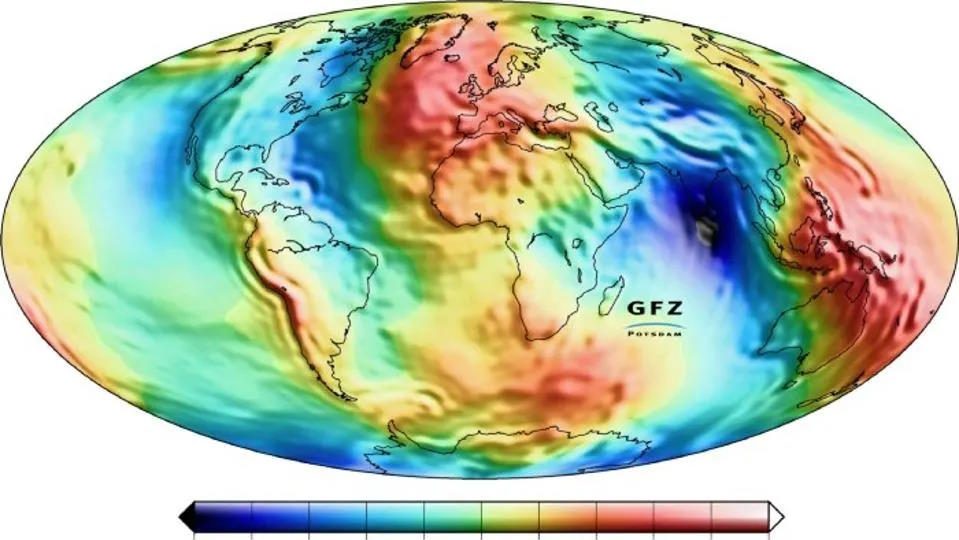What conditions are scientists looking for in their search for life on another planet? The presence of water is key, explains Bill Nye.
Bill Nye: So people are always looking for water in space on other worlds, on other worlds orbiting other stars. There’s a whole class of scientists or discipline now called Astrobiology—life of other stars, life around other stars. So we figure there’s so many physical objects in our world, whether you’re a bumblebee or a petunia or—what else could you be?—an ancient dinosaur, a tyrannosaur, you are made of stuff and you walk around and you do things, or you grow toward the light, or you metabolize the seawater you live in. You’re some living thing.
So there’s always a solvent, as we say in chemistry, there’s always some liquid that dissolves these things. They’re chemicals, and you could move them around, redistribute them, make use of the chemicals, and then the solvent is largely unchanged. So astrobiologists have sought solvents, and right now water is the best one anyone can think of. Now, we haven’t thought of the other solvent on another world that drives life elsewhere, that is so far our problem. But the other big candidate, for you fans, is liquid ammonia, liquid ammonia. Okay, we haven’t found anything on the earth or near the earth that seems to live on liquid ammonia, but right now it’s water. Water seems to be the stuff.
So we are creating telescopes and system software behind telescopes that will allow us to detect water on another world. And you would say, how could we possibly do that, dozens, hundreds of light years away? You’re crazy, you’re squandering our tax dollars, this is madness. Oh no, my friends. When light passes through or reflects off of water it has a characteristic signature. There are spectral lines. There are constructed and destructed interference patterns in light associated with water that would allow us to determine whether or not they’re water.
And the other big thing is to look for the surface temperature of the distant planet. If the surface temperature is around 50, 80, 100 degrees Fahrenheit, then you’re probably onto something. If you’re millions of degrees Fahrenheit, probably no liquid water, and so on.
Directed / Produced by
Jonathan Fowler & Elizabeth Rodd






